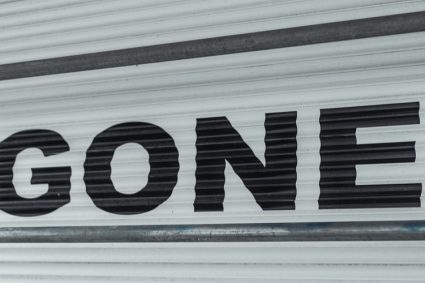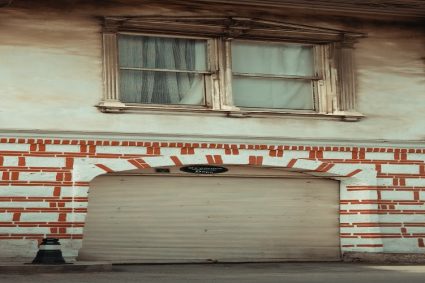When it comes to maintaining a comfortable and energy-efficient home, insulation plays a pivotal role. In Canada’s diverse climate, proper insulation is essential to keep your home warm during harsh winters and cool in scorching summers. In this comprehensive guide, we’ll explore the various aspects of home insulation, focusing on your attic, walls, and floor.
Our goal is to provide you with the knowledge you need to make informed decisions about your home’s insulation needs, with the guidance of affordable insulation experts, all without any technical jargon.
Understanding the Basics
Before diving into specific areas of your home, it’s crucial to understand the basics of insulation. Insulation works by creating a barrier that reduces the transfer of heat between your home’s interior and the outside environment. The most common types of insulation materials in Canada include:
- Fiberglass Insulation: This material is made from tiny glass fibres and is a popular choice due to its affordability and effectiveness in preventing heat transfer.
- Cellulose Insulation: Made from recycled paper and treated with fire-retardant chemicals, cellulose insulation is an eco-friendly option with good insulating properties.
- Spray Foam Insulation: A versatile option that can be applied in various ways, spray foam forms an airtight seal, making it highly efficient but relatively more expensive.
Now, let’s delve into the specific areas of your home that require insulation.
Attic Insulation
Your attic is often the most critical area to insulate, as heat tends to rise, and an improperly insulated attic can result in significant energy loss.
Here’s what you need to know:
R-Value: The R-value measures an insulation material’s ability to resist heat flow. In Canada, it’s recommended to have an R-value of at least R-50 in your attic for optimal energy efficiency.
Materials: Fiberglass and cellulose are common choices for attic insulation. Ensure that the insulation material is evenly distributed and covers any gaps or cracks.
Ventilation: Proper attic ventilation is essential to prevent moisture buildup and maintain the structural integrity of your home.
Wall Insulation
Insulating your walls is another vital step in creating a well-insulated home.
In Canada, two common methods are used:
Blanket Insulation: This is installed between wall studs during construction or renovations. It’s a cost-effective option and works well when installed correctly.
Blown-in Insulation: Small particles of insulation material are blown into wall cavities, ensuring a complete fill. This method is especially useful for existing homes.
Floor Insulation
Insulating your home’s floors, especially in colder regions of Canada, can lead to substantial energy savings.
Here’s what to consider:
Crawlspace or Basement: Insulating the underside of your floor in a crawlspace or basement can help keep the floors warmer and improve overall comfort.
Materials: In these areas, rigid foam board insulation is often used due to its resistance to moisture and durability.
Conclusion
Proper insulation in your attic, walls, and floors is crucial for maintaining a comfortable and energy-efficient home in Canada’s diverse climate. To ensure your home is well-insulated and your energy bills are minimized, it’s important to work with insulation experts who understand the unique needs of your region.
For expert advice and assistance in achieving the best insulation for your home, contact our team of professional insulation experts today. We are here to help you create a more comfortable, energy-efficient living environment.
Get in touch with us to schedule an assessment and take the first step towards a well-insulated home.
Your comfort and energy savings are just a call away.










